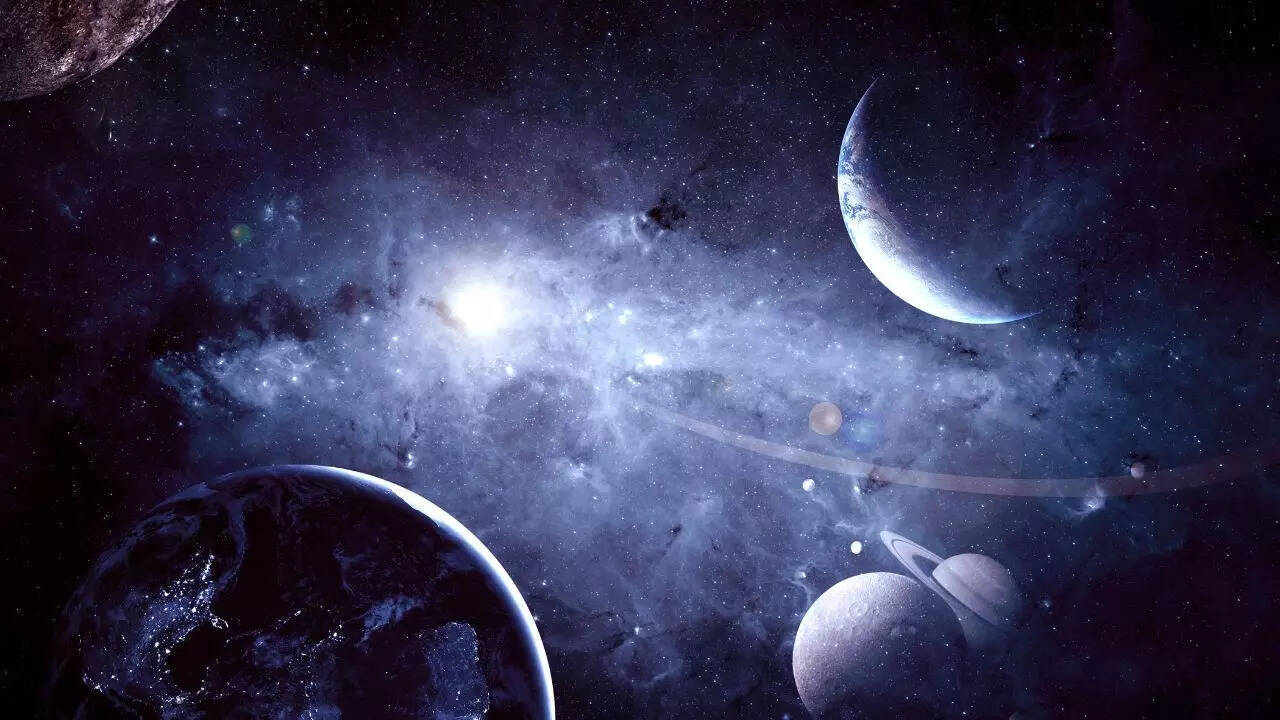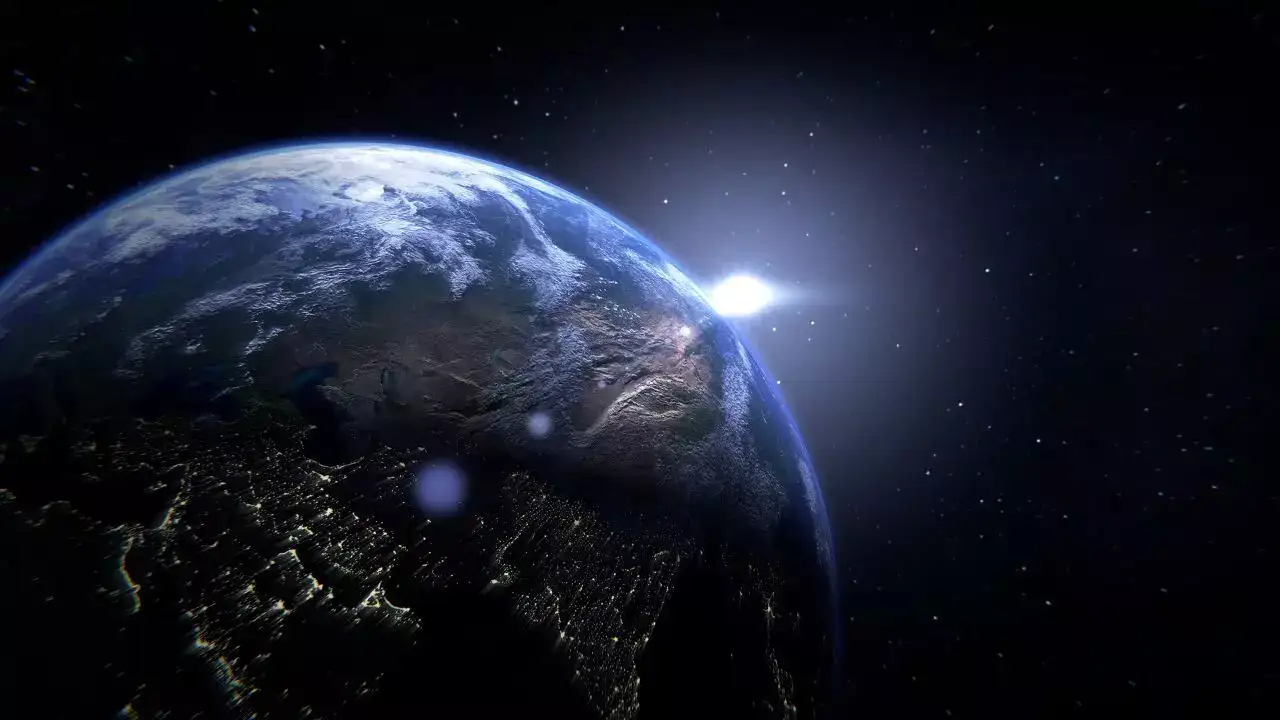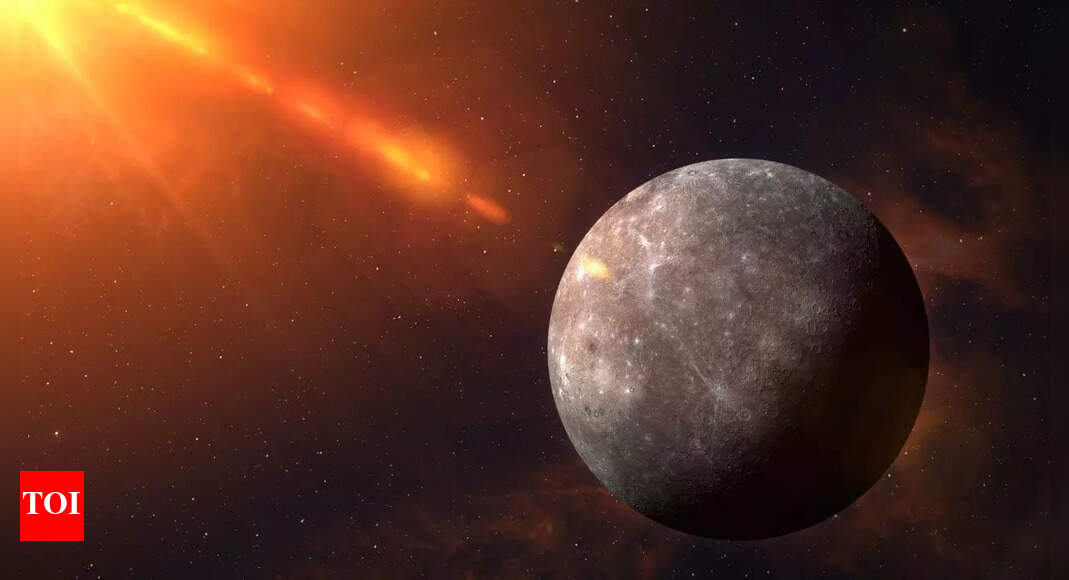Ever since the first explorers charted the outer reaches of our Solar System, its true boundaries have remained hazy. While the Voyager probes have gone far into interstellar space, our Sun’s gravitational influence fades gradually, and we lose track of them. But as for the discoveries, far beyond Neptune lies a realm of icy wanderers that are not just remains of space but actually planets!A recent study talks about the evidence of a distortion or “warp” in the orbital plane of TNOs between roughly 80 to 400 astronomical units (AU) from the Sun. This subtle twist could mean the gravitational tug of an as‑yet‑undetected world, or a hypothetical Planet Y.The new study, accepted for publication by Astronomers Amir Siraj, Christopher F. Chyba, and Scott Tremaine, has identified this disturbance in space.

Planets in Solar system–Representative Image
The researchers measured the mean plane of non-resonant TNOs across distances ranging from 50 to 400 AU. They carefully excluded bodies in orbital resonance with Neptune and developed a method to minimize observational bias. Their findings show that between 80 and 200 AU, and more broadly 80 to 400 AU, the TNOs’ orbital plane is tilted by approximately 15° relative to the invariable plane of the Solar System. Statistical analysis shows this warp is unlikely to be a fluke, which means that there’s only about a 2–4% chance it’s coincidental.
Scientists say there is a planet between the Earth and Mercury!
If the warp is real, Siraj and his colleagues propose that a planet with a mass between Mercury and Earth, orbiting at 100–200 AU, inclined by more than 10°, could be the culprit. They note that a larger planet, say Earth‑mass or bigger, would also warp the inner region, which isn’t observed yet, this helps narrow down the scenario.
So, are planets X and Y real?
So while there have been speculations about the existence of warps in space, the planets have not been found with a full proof discovery as of now. This hypothetical Planet Y differs distinctly from the often-debated Planet Nine. Planet Nine, if it exists, is theorized to be much larger, about several Earth masses, and located far beyond, at hundreds of AU. Planet Y, by contrast, would be closer and more modest in size.

Planet Earth–Representative Image
The Vera Rubin Observatory’s Legacy Survey of Space and Time (LSST) could soon put this idea to the test. According to IFLScience, they write, “If such a body exists but is not discoverable by LSST due to its on‑sky location (i.e., high ecliptic latitude), LSST will nevertheless elucidate the details of the Kuiper belt mean plane warp induced by the planet.”If Planet Y exists, it’s possible it originated as another rocky embryo in the chaotic early Solar System, scattered outward during planetary formation. Siraj says that our Solar System likely formed with many such Mercury‑mass bodies, most were ejected, but one might still lurk far out there.Photos: Canva
